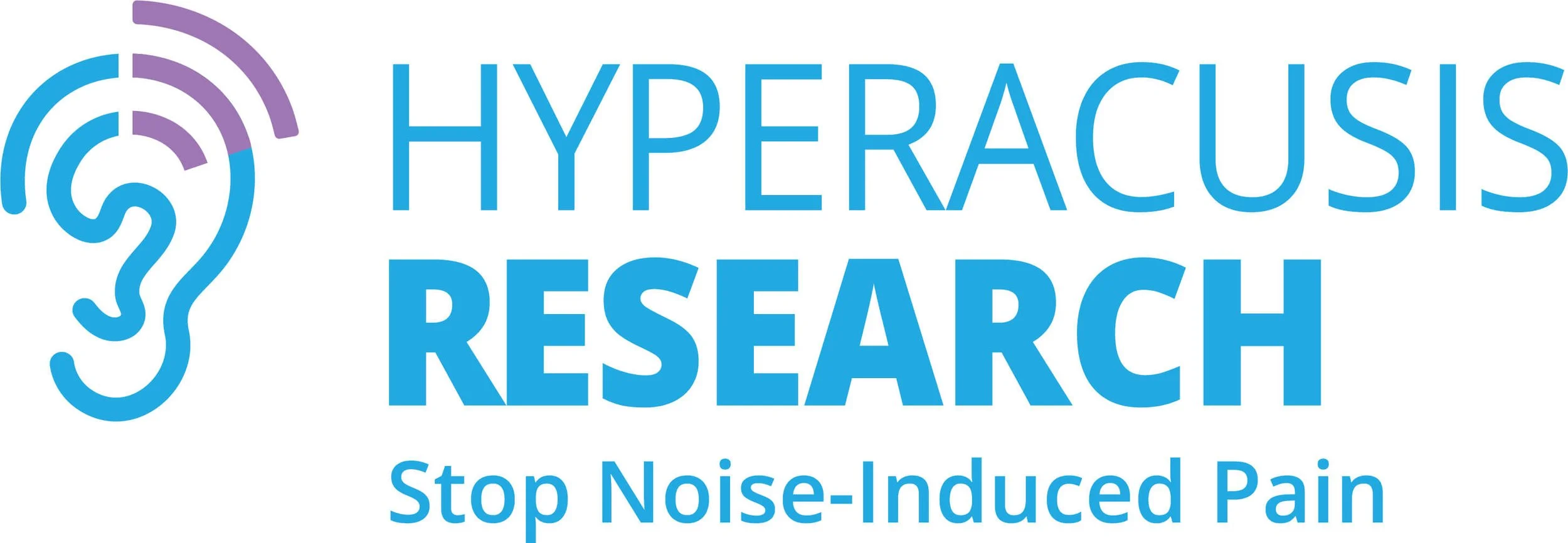Senthilvelan Manohar, Ph.D.
Meet the Researcher
Manohar received his doctorate in stress physiology from Madras University, India, and is a postdoctoral fellow at SUNY Buffalo in the Center for Hearing and Deafness. Manohar’s 2017 Emerging Research Grant is funded by Hyperacusis Research Ltd.
The goal of my research at the University at Buffalo’s Center for Hearing and Deafness is to find a cure for hyperacusis, a condition that causes a reduced tolerance to everyday sound levels. Patients with hyperacusis have a low threshold for pain, which may be explained by a heightened central pain mechanism.
My research team is studying the gene and protein expression of various brain regions involved in processing auditory information and producing pain. Using a rat model, we are assessing noise-induced pain levels by using novel behavioral tests. We then analyze the gene and protein expression in the rats’ brains and correlate certain genes or proteins (biomarkers) to noise-induced pain. Identification of these biomarkers is a first step for developing treatment and earlier diagnosis of hyperacusis.
One new behavioral test I developed for the rats is the active sound avoidance paradigm. It is based on two known, innate rat behaviors: They avoid a place if it is too noisy or too bright. To do the test, we measure the time the rat spends in a dark box during a variety of amplified sounds. If it spends less time in the dark box with a moderate sound (not usually too loud for a typical rat), then it may have a noise-induced aversion to moderate sound—a symptom of hyperacusis.
Small molecular reactions that can influence our mood and behaviors have always fascinated me. I studied biochemistry as an undergraduate as well as a postgraduate, and during my pre-doctoral program, I was trained in neurochemistry. My education and work have taught me to solve problems using a multidisciplinary approach.
Oddly, my interest in biochemistry came from my mother’s cooking, in a small village in India. She used a lot of spices in her food preparation, and as a child I always wondered how each spice influenced my taste and perception in general. I asked my mom all about the spices and why she chose to add them to our food. My curiosity for small molecules affecting perception has not faded since. I still value cooking and family. My favorite things to do outside of work are to cook and to play with my kids.
Both knowledge and practice in the lab is, I believe, the source for new inventions and hearing therapies. I feel the most rewarded when my results are confirmed or reproduced by other researchers. In the future, I hope to oversee my own auditory research lab and continue to make new findings to ultimately help those with hyperacusis.
Senthilvelan Manohar, Ph.D.’s grant is funded by Hyperacusis Research Ltd. We thank Hyperacusis Research for its support of studies that will increase our understanding of the mechanisms, causes, diagnosis, and treatments of hyperacusis and severe forms of loudness intolerance.
The Research
University at Buffalo
Behavioral Model of Loudness Intolerance
High-level noise causes discomfort for typical-hearing individuals. However, following cochlear damage, even moderate-level noise can become intolerable and painful, a condition known as hyperacusis.
One of the critical requirements for understanding and finding a cure for hyperacusis is the development of animal models. I have developed two new animal behavior models to study the pain and annoyance components of hyperacusis. The Active Sound Avoidance Paradigm (ASAP) uses a mouse’s innate aversion to a light open area and preference for a dark enclosed box. In the presence of intense noise, the animal shifts its preference to the light area. The Auditory Nociception Test (ANT) is based on a traditional pain threshold assessment. Although animals show an elevated pain threshold in the presence of 90 and 100 dB, at 110 and 115 dB they show a reduced pain tolerance. Using these two tests together will allow me to assess emotional reactions to sound as well as the neural interactions between auditory perception and pain sensation.
Long-Term Goal: To develop and establish a reliable behavioral model to understand the pain and annoyance aspects of hyperacusis and touse these behavioral models to identify the neural and molecular mechanisms underlying hyperacusis and tinnitus.


